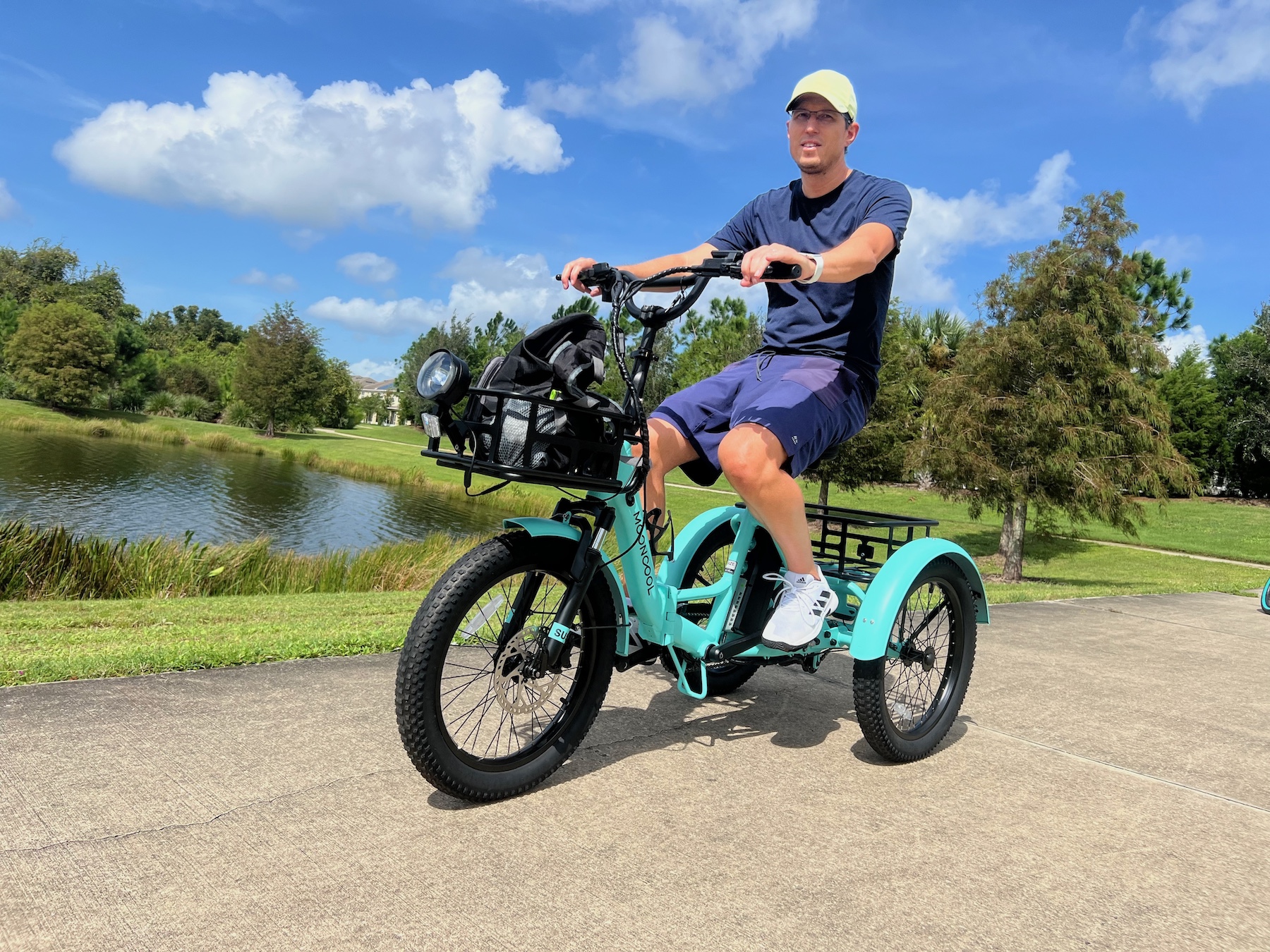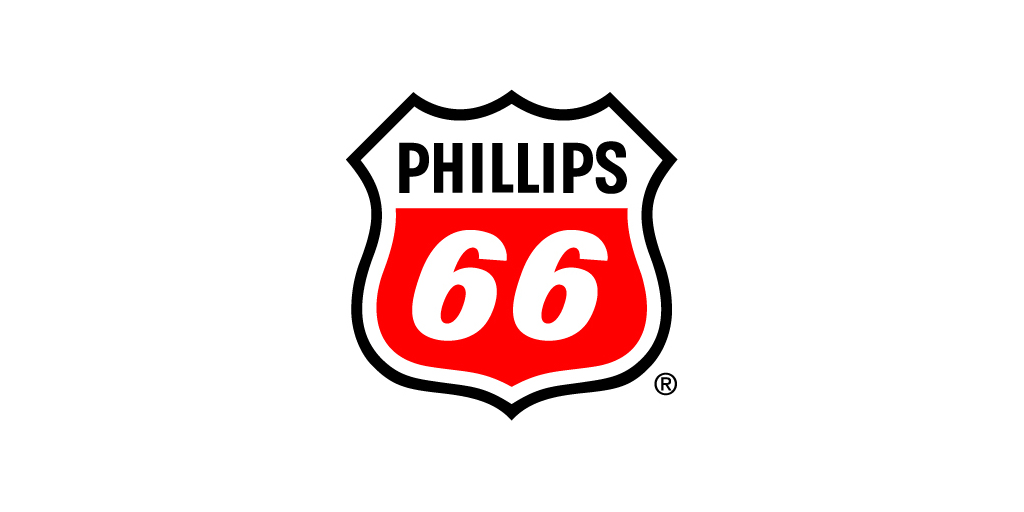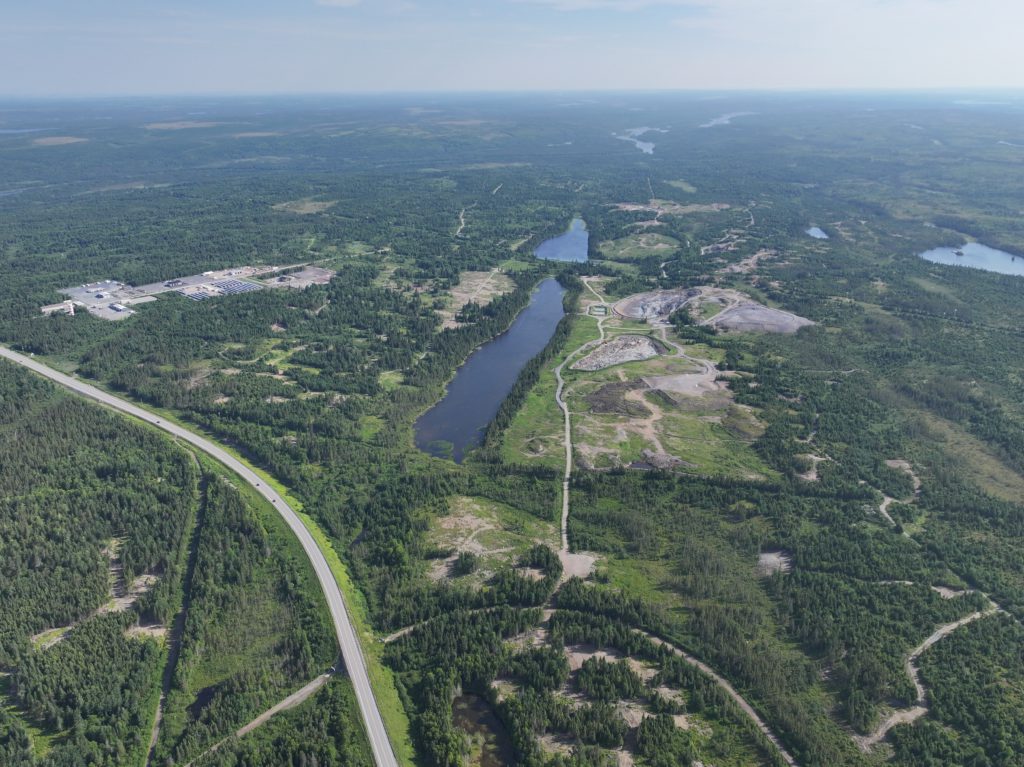
There are just a handful of producing mines that sit near the Trans-Canada Highway across the country, and New Found Gold’s (TSXV: NFG, NYSE: NFGC) Queensway could be the next one.
Located 15 km west of Gander, N.L., the highway goes right through the northern portion of Queensway, whose 110-km long strike length crosses the Appleton and JBP fault zones.
“Your Tim Hortons does not even get cold by the time you get to site. You will have a full Tim Hortons that is nice and hot,” New Found Gold’s CEO Keith Boyle said during a mid-June site visit.
New Found Gold has over the last few years developed its exploration work into an initial resource, with a preliminary economic assessment (PEA) expected imminently. It has also drawn the attention of Eric Sprott, who in May increased his interest to 19% of the Vancouver-based company. New Found Gold subsequently raised $63.48 million in a bought deal financing in early June.
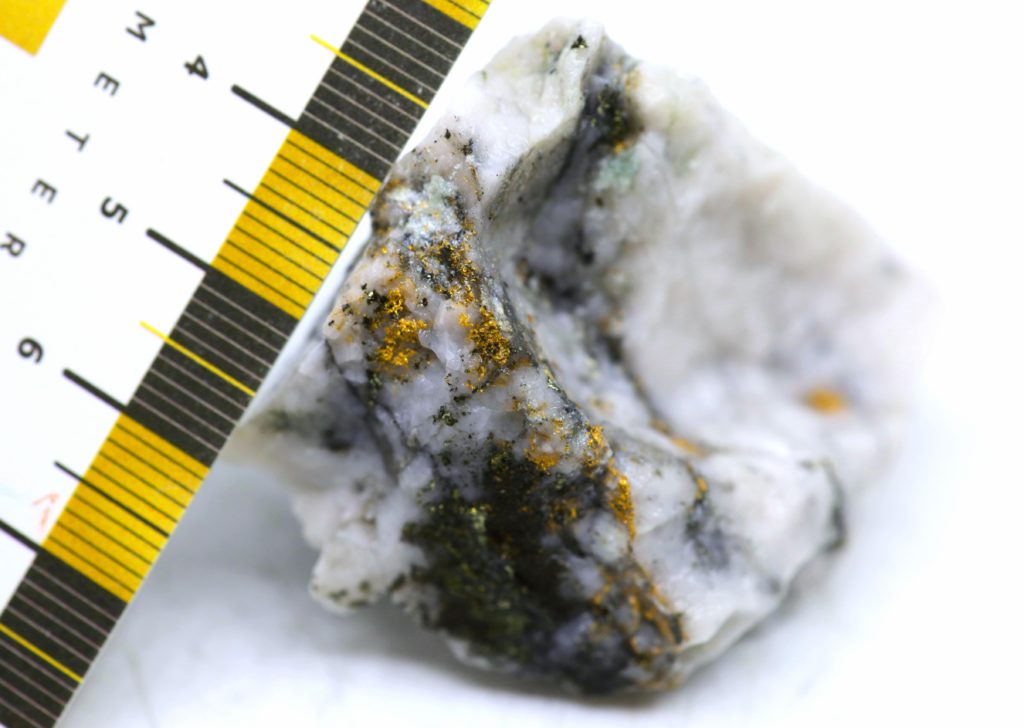
Queensway hosts 18 million indicated tonnes grading 2.4 grams gold per tonne for 1.39 million oz. gold, plus 10.7 million inferred tonnes at 1.77 grams gold for 610,000 oz., according to the initial resource released in March.
The company’s shares traded for $1.97 apiece recently in Toronto, for a market capitalization of C$441 million. Its shares traded in a 12-month range of $1.34 to $4.98.
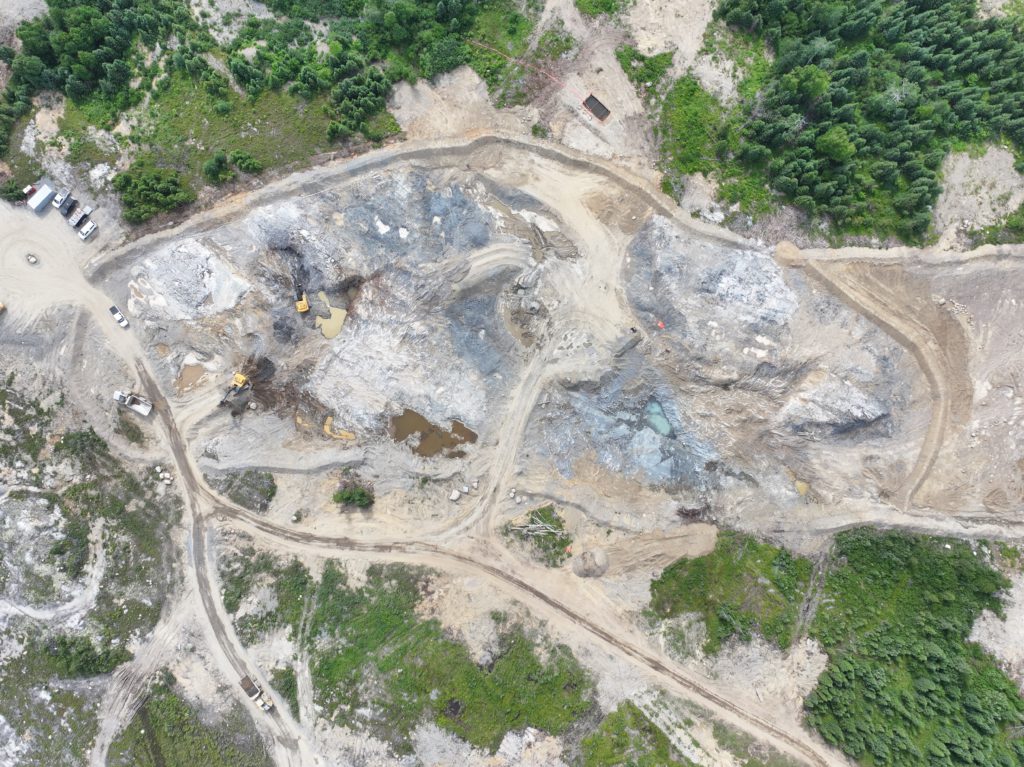
Tip of the iceberg
Driving alongside Queensway’s Iceberg target, just north of the highway, the grey rock sits in a depression that resembles an excavated site where dinosaur bones might poke out. Iceberg and other high-grade zones such as Keats and Keats West — part of the AFZ Core resource area — were originally hidden under bogs that have since been drained. The exposed, light-grey rock at Iceberg is the result of thousands of metres of drilling.
Pointing out some examples of visible gold marked with pink tape sitting along the bottom of the canyon-like Iceberg zone, Boyle explains that most of the Queensway resource might end up in five open pits.
About 1.6 million indicated oz. would be in open pits and 400,000 inferred oz. in an underground component, which the upcoming PEA aims to better define.
“There is a really good high-grade core here,” he emphasized. “Seventy-five per cent of our open pit ounces are in 25% of the tonnes.”
Sketching out economics
The assessment will not upgrade the resource to measured. Rather, it will “put economics” to the indicated and inferred resources by adding mine, mill, and infrastructure plans around it, Boyle said.
Citing potential concerns that the PEA’s release could lead to a drop in the company’s stock, as occurred when the initial resource came out, the CEO said there were expectations that were not met. New Found shares fell by almost one-third when the resource was released on March 25.
“I think it was just a question of properly communicating those expectations prior to that continuous disclosure and properly putting context around maybe some of the results that had been previously communicated,” he said.
The company is currently about 11,750 metres into a 70,000-metre drill program using five rigs, most of which are focused on infill drilling of inferred resources in the pit shells at the AFZ core.
Results from that program are to be included in a pre-feasibility or feasibility study that could be released towards the end of 2026, Boyle said.
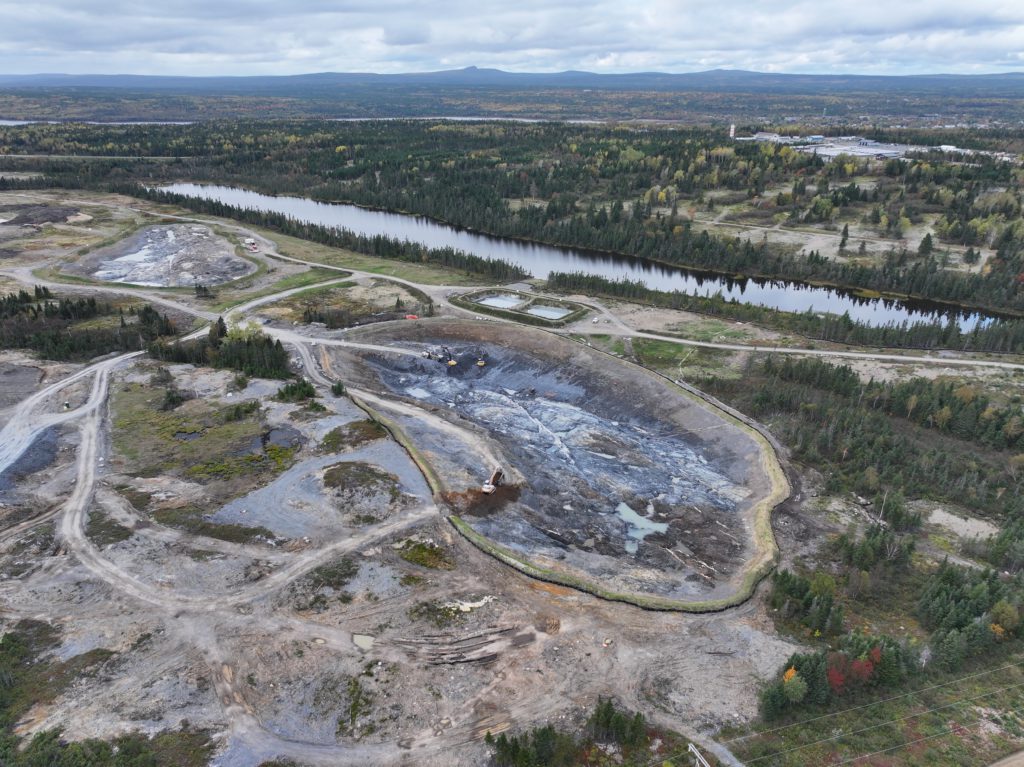
Local conditions benefit
Looking further down the road, Boyle declined to say if the company would opt to produce the Queensway deposit itself or be open to an acquisition by a producer.
However, he stressed that the context of operating in Gander and Newfoundland helps the project to shine.
One factor is that the environmental assessment (EA) period for exploration projects in Newfoundland and Labrador is only 45 days long, one of the shortest in Canada.
“That is the kind of jurisdiction that we want to do business in,” Boyle said. The company might apply for the EA towards the end of the year.
Another factor is that the relatively high unemployment rate in the Gander region could help New Found fill new roles if a mine starts up at Queensway. The rate sat at 10.6% as of last December, according to the most recent data from Statistics Canada.
“We have got that high-grade core that will allow us to look at both a small starter and then a larger operation,” Boyle said. “We have got great infrastructure. It is not hard to see the possibility that this thing, once started, could go on for many years,” Boyle concluded.
Watch a video of the visit: https://vimeo.com/1096457844?fl=pl&fe=sh
Blair McBride is a writer and copyeditor at The Northern Miner.

